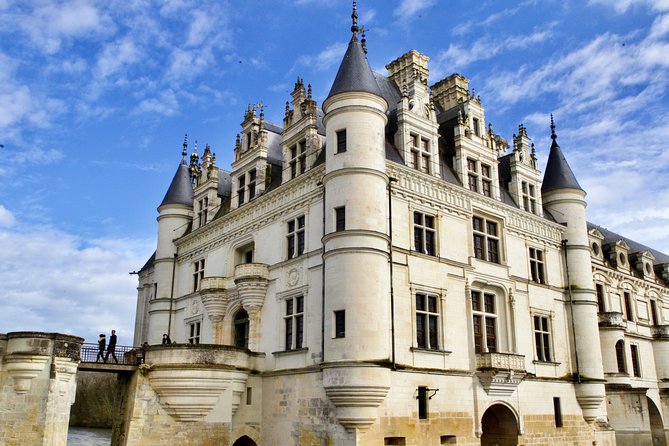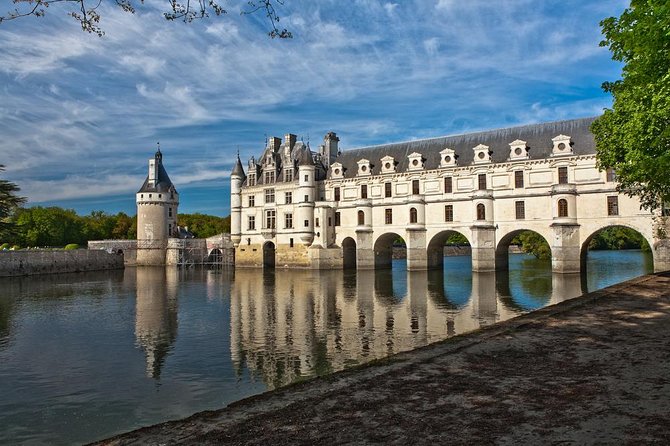1. The Château Royal d’Amboise is a medieval castle situated in the Loire Valley in France. It is a significant historical site and architectural masterpiece that offers visitors a glimpse into the past.
The castle dates back to the 15th century and served as a residence to several French kings, most notably King Charles VIII and King Francis I. It became a favorite royal residence and was even the childhood home of King Francis I. The château showcases a beautiful mix of Gothic and Renaissance architectural styles.
One of the most interesting aspects of the Château Royal d’Amboise is the Chapel of Saint-Hubert, where Leonardo da Vinci is believed to be buried. Da Vinci spent the last few years of his life in Amboise, under the patronage of King Francis I.
The castle also offers stunning panoramic views of the Loire River and the surrounding town. Visitors can explore the various rooms, including the King’s Chamber, the Council Chamber, and the guard room, among others. The gardens of the castle are also worth exploring, with manicured lawns and beautiful flower beds.
2. The working hours of the Château Royal d’Amboise can vary depending on the season. It is generally open from 9:00 AM to 6:00 PM. It is advisable to check their official website or contact them directly for the most up-to-date information. Unfortunately, a specific phone number for the castle was not provided.
3. Ticket prices for the Château Royal d’Amboise vary depending on the type of visit. As of the time of writing, the entry fee for adults is approximately €12.50, while children under 7 can enter for free. There are also discounted rates available for students, seniors, and groups. It is always recommended to check the official website for the most accurate ticket information.
Transportation options to the Château Royal d’Amboise include driving, taking a train to Amboise station, or using a guided tour from nearby cities like Tours. The castle is located in the town of Amboise, which is easily accessible from major cities in the Loire Valley region.









